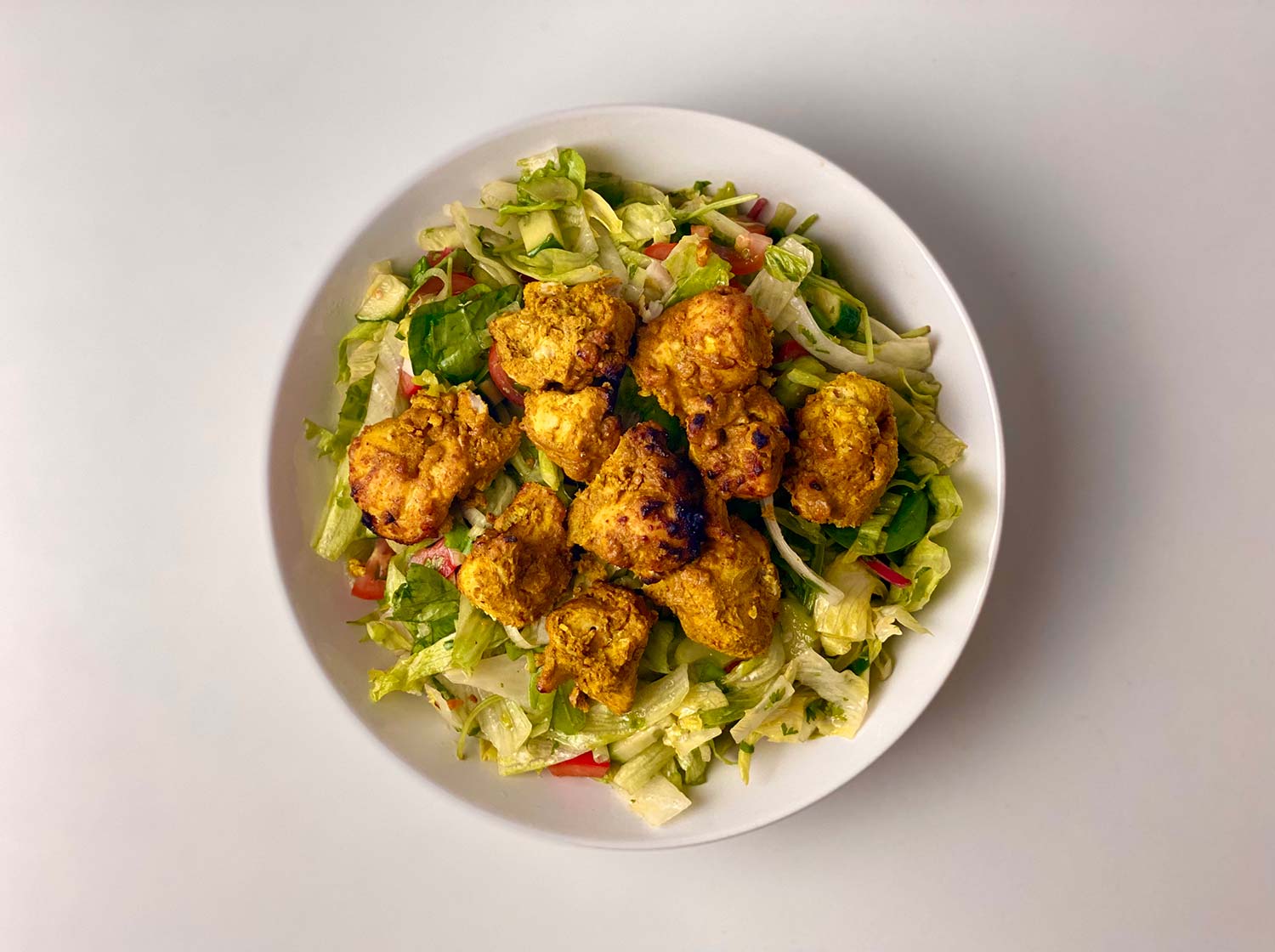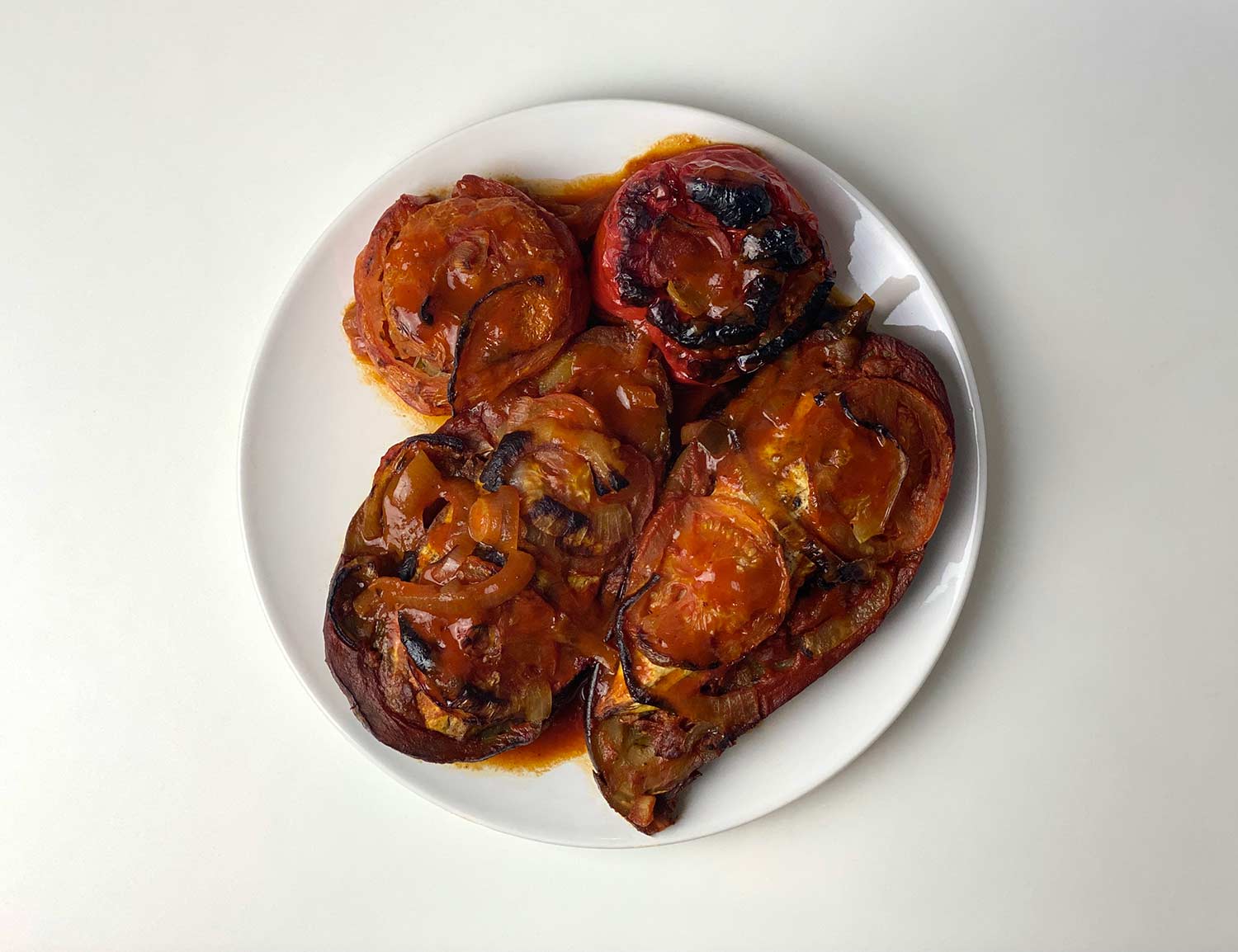I started my own fat-loss journey as a total beginner. Knowing nothing about basic nutrition for fat-loss or muscle-gain, I was clueless.
One of the biggest struggles was sorting the true facts from the fiction. Everyone had different advice to give me and not one trainer or fitness freak ever told me the same information.
I reached out to my friend Daniel O’Shaughnessy (AKA The Naked Nutritionist) for his help to pull together a very top-line basic nutrition guide for beginners. As a fellow former fatty, he appreciates how daunting it can be for someone to embark on a new health path.
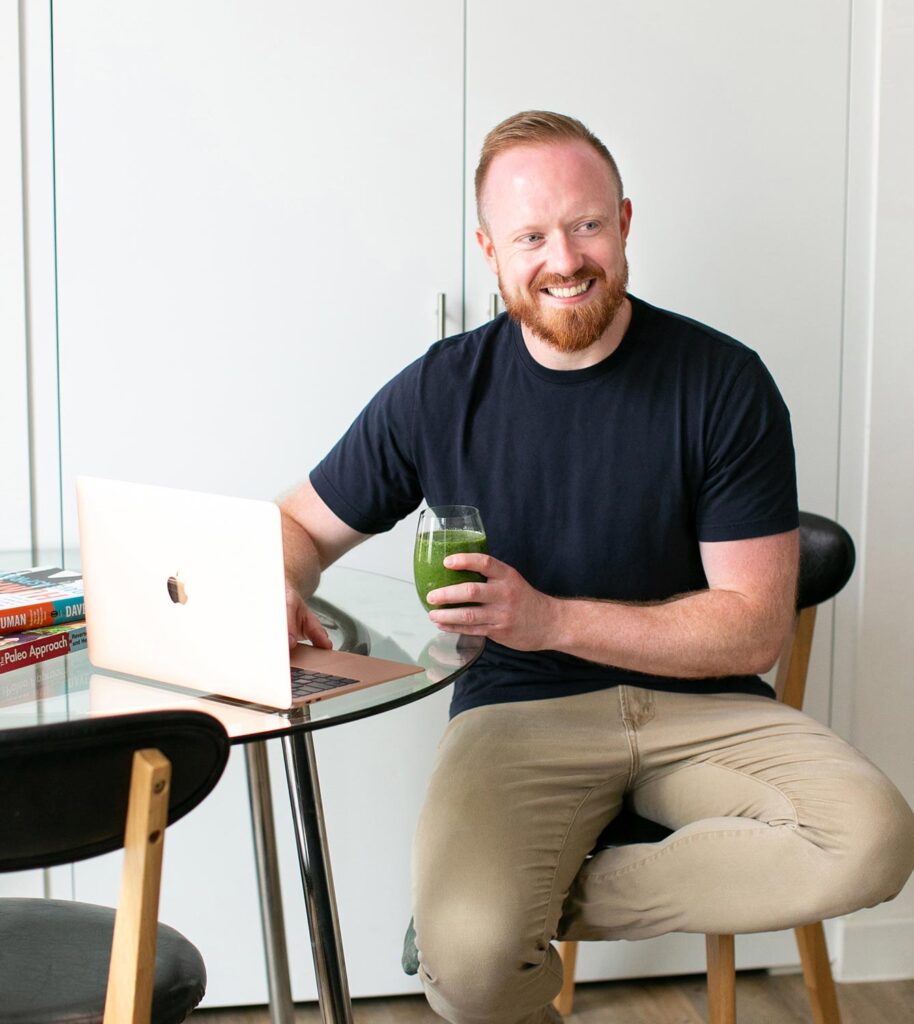
Daniel has totalled up 15 years of experience as a practising nutritionist and addiction therapist. He’s also one of around 30 certified Functional Medicine Practitioners in the U.K.
With a lot of his clients being predominantly LGBTQ, he started to notice a gap of information which was targeted to us. He set out on a mission to crowdfund a book covering topics you might expect – weight loss and muscle gain, addiction, fertility and digestive health issues. Also looking at more sensitive matters like nutrition for balancing hormones while transitioning; how to eat if you have a chronic condition and how to mitigate against the party/circuit lifestyle.
His book titled ‘Naked Nutrition’ is expected to be on shelves at some point in 2021 (corona permitting). Follow him for more updates!
CALORIE DEFICIT AND SURPLUS
When I started my body transformation mission, I, like many people, wanted to lose fat and gain muscle. I started going to the gym and eating less. Over two years I did lose a decent amount of weight but one very basic fact was limiting my progress. If you want to lose fat, you have to be in a calorie deficit. If you want to gain muscle, you have to be in calorie surplus. Simply put, you can’t achieve both objectives at the same time.
Your maintenance calories are how much you need to eat to maintain your current weight. It’s typically suggested to consume an additional 500 calories than your maintenance calories on training days if you are in a bulk phase. If you’re overweight already, your maintenance calories are going to be high. Adding another 500 to that would be way more food than is healthy to consume (think of your poor heart!). When you’re cutting fat, you should aim to eat 200-300 calories less than your maintenance. I find this handy calculator from bodybuilding.com to be a helpful guide to figure out my calorie intake. Give it a go!
A phased approach to body transformation is not just for bodybuilders. ‘Cutting’ (losing fat) and ‘bulking’ (gaining muscle) is for everyone! If you have a lot of fat to lose you should definitely cut the calories and focus on fat-loss. Then you can take on the weights and up your calories.
A good benchmark to have is that you should be between 12-15% body fat before you start bulking. Daniel advises that you should continue to train your muscles while you’re losing fat. This minimises muscle-wasting while you’re cutting.
It’s important to start slow and build up. Don’t take on too much at once when it comes to food plans. Start with one or two changes a week like improving breakfast and adding more vegetables. If you dive in head first as a beginner you’re more likely to get stressed and that can lead to failure.
Taking control of your body is a long-term project, not just a fad to look good for your summer trips abroad.
COUNTING CALORIES
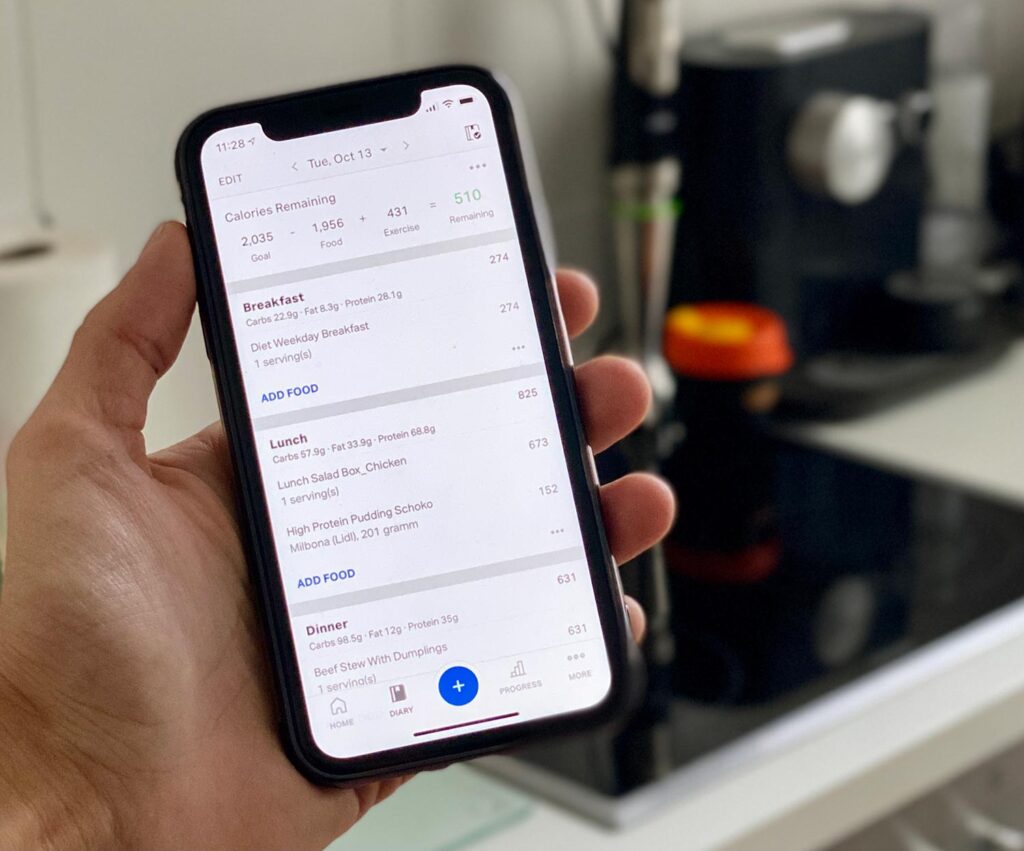
If you’re starting as a total beginner as I did, counting calories can be a really valuable way to get a better understanding of what you’re putting in your mouth and how it affects your body.
As someone who had absolutely no idea about nutrition and having a lot of fat to lose, counting calories was an extremely enlightening experience for me! I learned so much about food which I hadn’t thought of before.
There are a few tools out there to help you. The most common being the MyFitnessPal app. It takes some of the work out of the process for you so you can focus on eating well. You can simply scan the barcode of a food packet to log it in your food diary.
Here are some of Daniel’s top tips for counting calories and portion management:
- Use counting as a tool to learn what is healthy for you. Don’t let it take over your life though – obsessing about food only adds to stress levels.
- Once you have a basic understanding of the calorific values of food, try to focus more on having a balanced plate. Your protein portion should be about the size of your phone (a quarter of your plate). Veg the size of two fist fulls (half of your plate). Starch/carbs should be no more than a quarter of your plate.
- Leafy veg is really good for you and you can eat as much as you like.
- Try to mix colours as much as possible. A varied colour pallet will work wonders for your gut bacteria. A healthy gut can help to prevent other health issues like psoriasis.
- Make sure the calories you take in are from a healthy source and a good mix of nutrients. Counting your calories at McDonalds doesn’t make the food any better for you.
- When counting calories, always measure the raw ingredients for better consistency.
COMPLEX VS SIMPLE CARBS
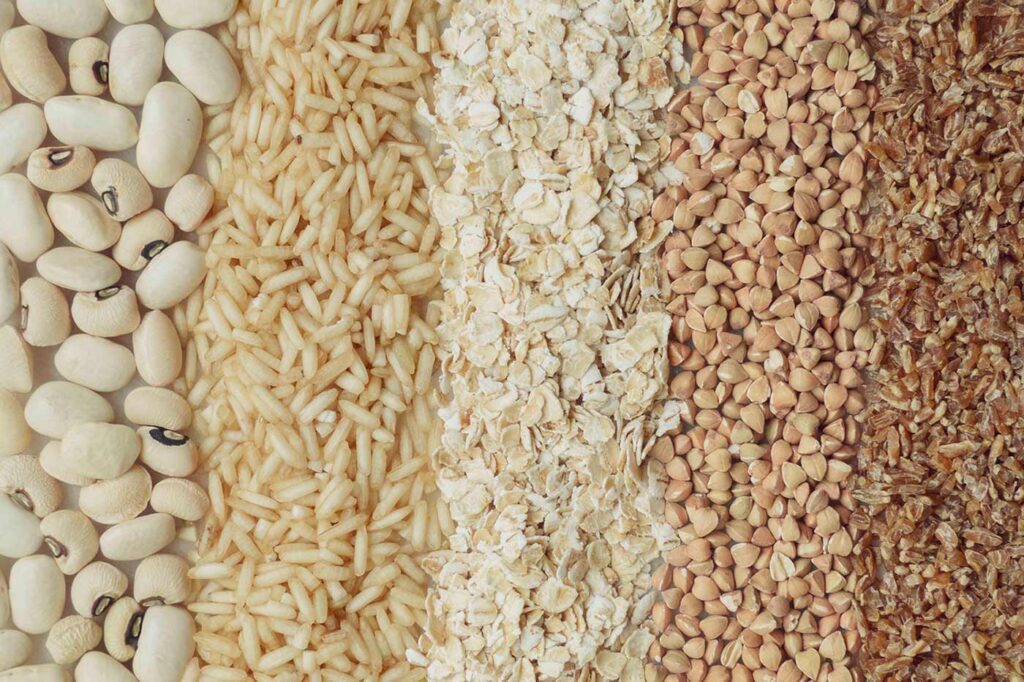
A common misconception is that carbs are the enemy. Complex carbs like whole grains, oats and legumes are an essential source of slow-release energy. They balance your blood-sugar and keep you feeling fuller for longer.
Simple carbs like bread, rice and pasta made with white flour, sugar and high-fructose fruits can spike your blood-sugar levels. This can and leave you feeling hungry and craving for more.
Fuel your body and sustain your hunger for longer with healthy complex carbs like brown rice.
PROTEIN INTAKE – MYTH VS TRUTH
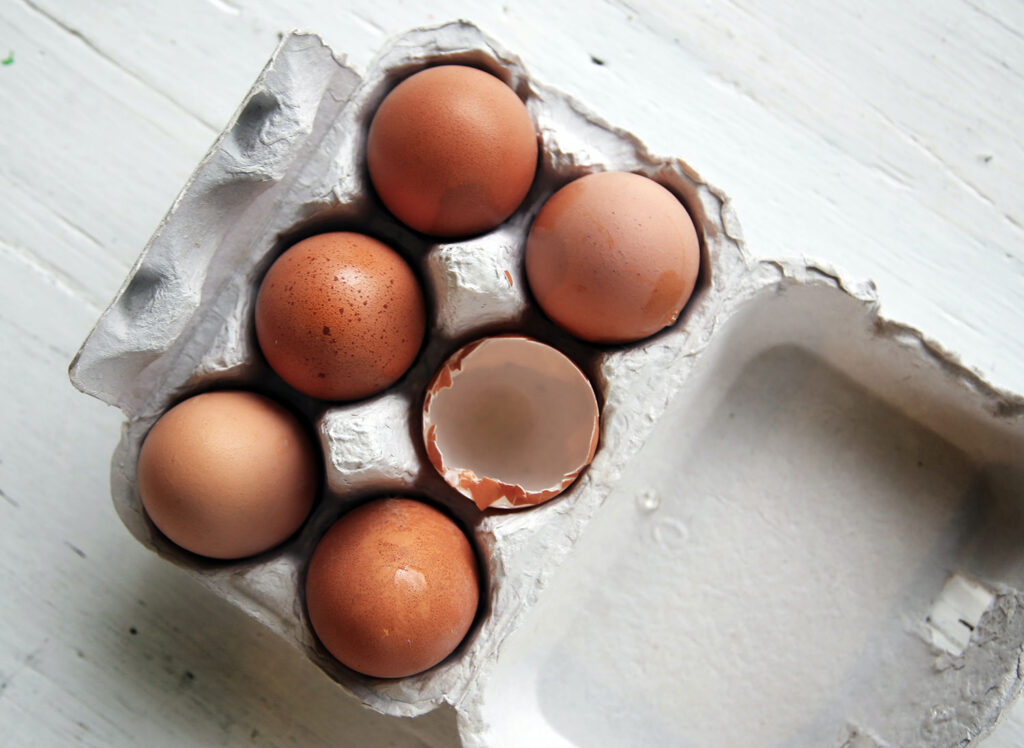
When it comes to protein intake the internet is particularly confusing. Each website and calculator tells a different story. A lot of people think they need to eat obscene amounts of protein while bulking but often forget about protein intake while they’re cutting.
Daniel had the same struggles when it came to mixed advice on this topic. He studied it in depth with medical resources and recommends consuming 1.5g – 2.2g protein per KG of body weight while bulking. If your body fat percentage is low you can get away with eating the higher end of that scale. If you’re not super lean, it’s best to stay lower to make sure you don’t gain fat from overeating.
For example, I’m around the 15% body fat mark and currently weigh 82kg. Based on Daniel’s advice, I’ll be aiming for 1.8g of protein per KG of body weight which is about 146g per day. As with counting calories, don’t get obsessed with it. Take it as a guide. Once you know roughly what you need to eat to achieve your goals, you can take it easy on yourself. Some days you’ll eat a bit more, some days a bit less. It will balance out over time.
When you’re cutting it’s important to keep training your muscles and not to forget about protein in your diet. Daniel’s recommendation is to have at least 1g of protein per KG of body weight to make sure you feel full, nourished and minimise muscle wasting.
Don’t forget to change up your training routine regularly to challenge your body to grow if that’s your goal!
FIBRE
When looking at nutrients we often get distracted by carbs and protein and forget about fibre. Most people don’t eat nearly enough. For the LGBTQ community (gay men in particular), fibre can be your best friend when it comes to the bedroom. It pushes things through the system nicely. With the right balance of soluble and insoluble fibre you can really minimise the amount of ‘preparation’ you need to do before sex.
I’m not ashamed to say that until a couple of years ago I didn’t know there were two types of fibre. Both are important and work together to keep your gut healthy and moving.
Insoluble fibre sources like grains, corn and the skin of fruits pass through our digestive system and look almost the same as when they were consumed. These help to move things along, so if you’re experiencing constipation, up your intake of these!
Soluble fibre sources like oats, lentils, peas, and some fruits and vegetables help to digest and regulate energy and cholesterol levels. They’re essentially a bulking agent to help ‘keep things together’ so you have a nice clean poo. If you hardly need any wiping after you drop the kids off at the pool, you know you’re doing a good job on the soluble fibre front. If you’re frequently having loose stools, you probably need more soluble fibre in your diet.
An apple is a handy example of both fibre sources to keep in mind. The skin is insoluble and the flesh is soluble.
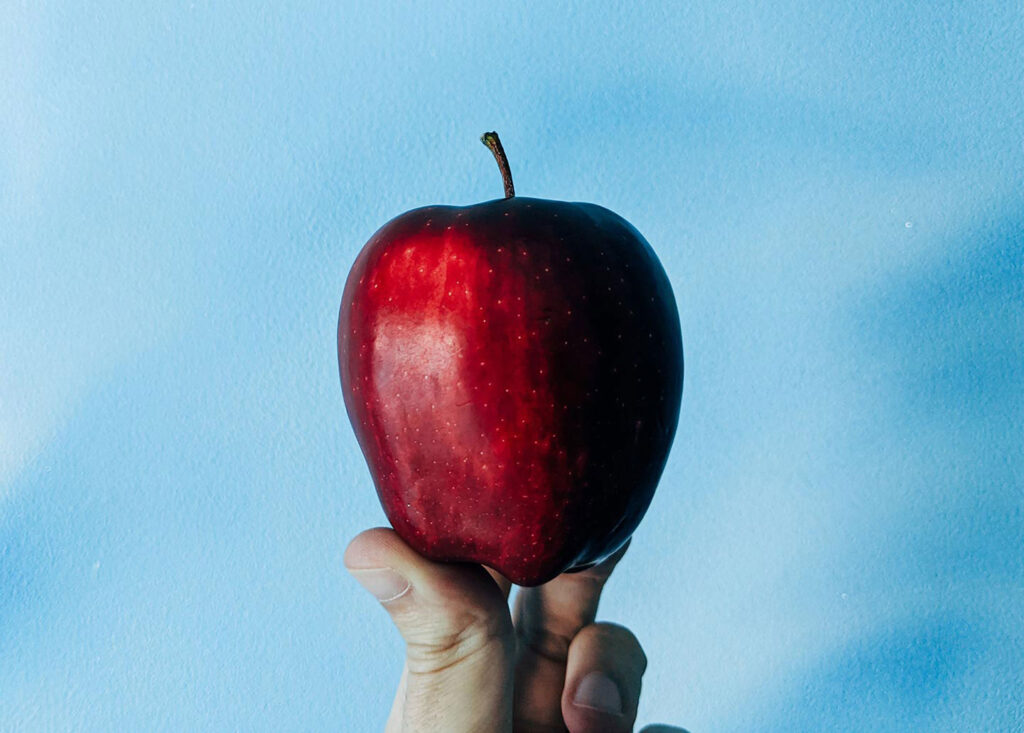
Daniel will forever be hailed in our friendship group for opening all of our eyes to a magical soluble fibre source called psyllium husks. Psyllium is amazing. By just mixing it with water in a glass you can really see the great things it’s going to do for your digestive system. Soluble fibres expand and form a kind of gel/stickiness when mixed with water. That’s how it bonds food together in your gut while it’s passing through. You can buy it from health food shops and from Amazon at super low costs. It’s the same thing as Metamucil but is much cheaper when you buy it without the brand.
I have a couple of teaspoons mixed with water before bed but you can also include it in your smoothies nicely. The only thing to watch out for is to not consume it two hours before or after taking any form of medication, because it could move it along too quickly before the medicine has been properly ingested.
On the topic of digestion, don’t forget to make sure you’re drinking enough water. Daniel recommends 2-3 liters per day (or 35ml per KG of body weight). Our bodies are composed of about 60% water and drinking water helps to maintain the balance of body fluids. Drinking enough will help with digestion, absorption and the transportation of all of the great nutrients you’ll now be consuming!
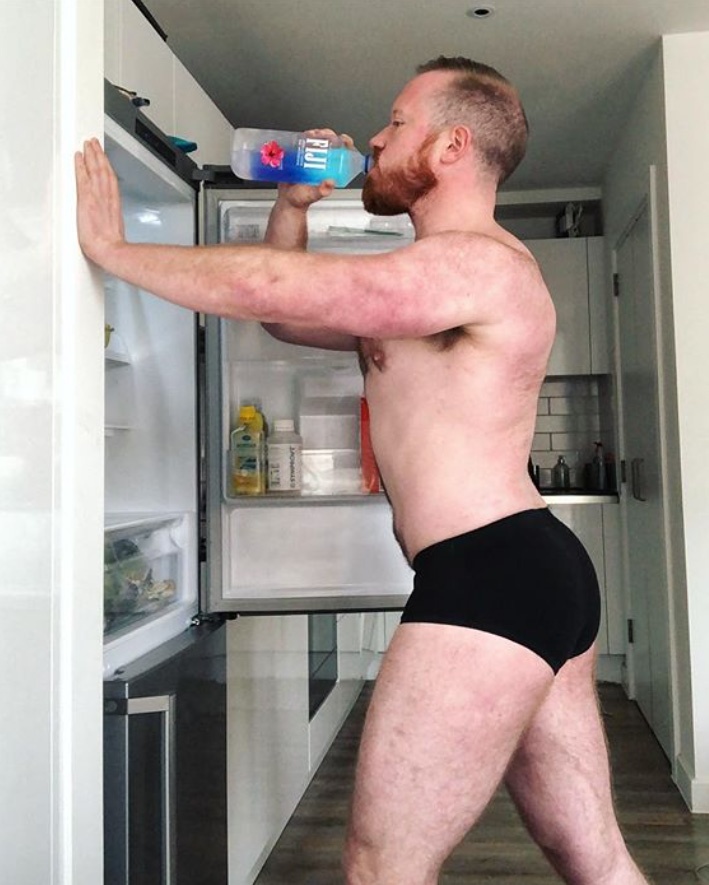
In conclusion
Now you know some of the basics of nutrition for fat-loss and muscle-gain you can take control of your body and progress to your goals with confidence. My top takeaways from this post are:
- Don’t be afraid to phase your approach with cutting and bulking. You might feel silly using those phrases which are common in the bodybuilding world, but you have just as much right to use them as they do.
- If you have a high body fat percentage, get as lean as possible before you try to gain muscle.
- Counting calories is a great way to learn about what you’re feeding your body and how it affects your health, but don’t let counting take over your life.
- Stress never helped anyone. Be kind to yourself and appreciate the big changes that you’re applying to your life. Take it slow and reap the long-term benefits.
- You probably need less protein than the fitness world leads you to believe, but don’t forget to get your minimum intake even while cutting to avoid muscle-wasting.
- Fibre is way more important than you probably realised and if you like to bottom in sex, it’s vital to ‘get on top of’.
- Drink enough water!
Please note that I have not been sponsored to recommend these products but as an Amazon Associate I will earn a small commission from qualifying purchases.


